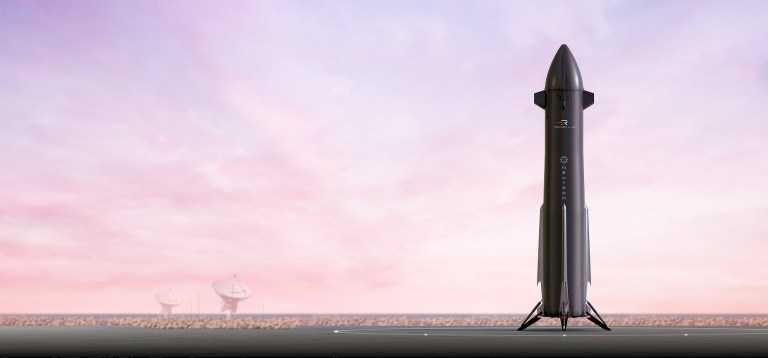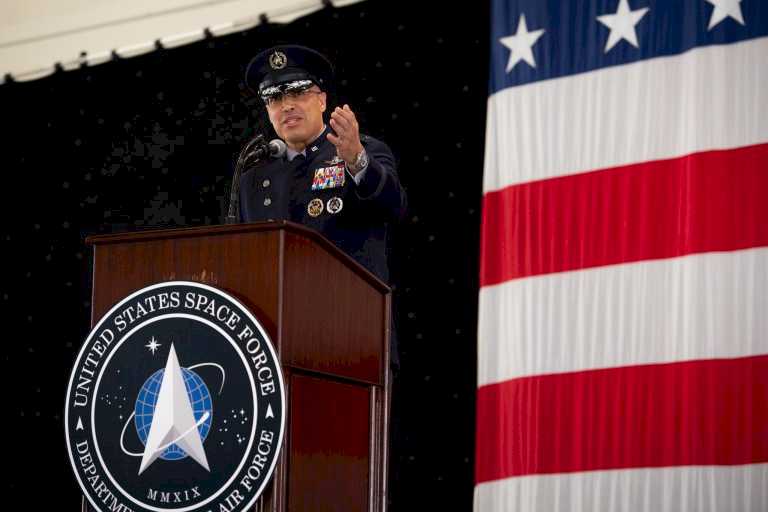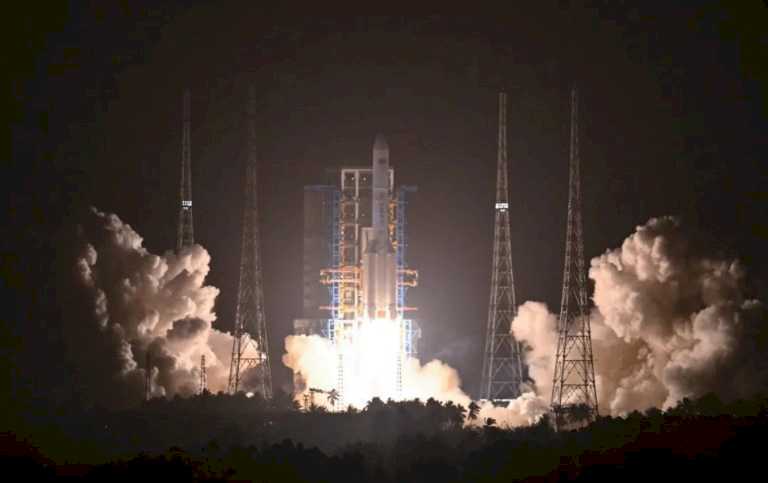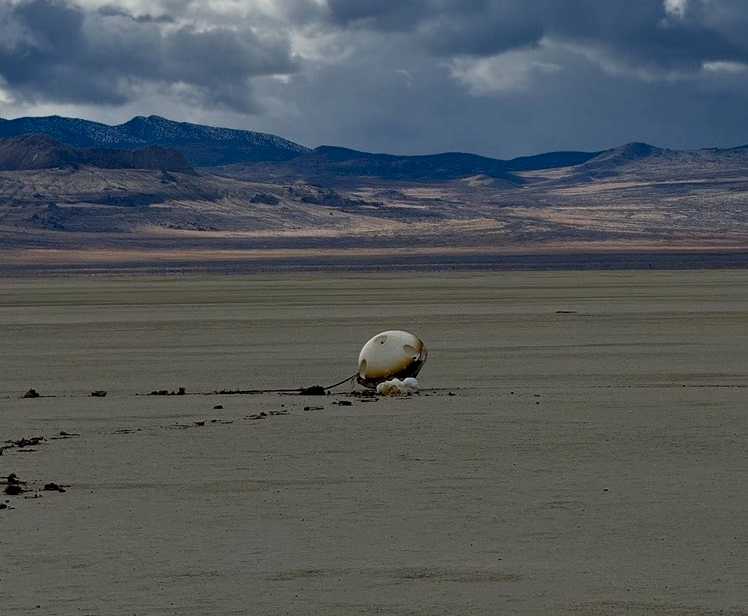#WASHINGTON — #Rocket #Lab says it could launch its first Neutron rocket before the end of the year as it outlines a long-term vision for the company that involves its own satellite constellation.
In a Feb. 27 earnings call to discuss the company’s fourth quarter and 2023 financial results, Rocket Lab executives said development of its Neutron medium-lift reusable rocket was on schedule and budget, with a goal of a first launch before the end of the year.
“Right now, we have a schedule that closes for a launch by the end of the year,” Peter Beck, chief executive of Rocket Lab, said of Neutron. “But, we’ve got a lot of testing to get through.”















Space news on Umojja.com